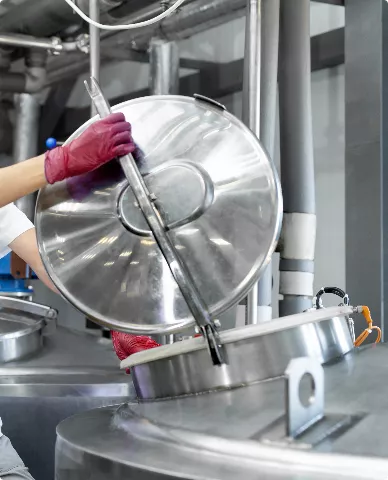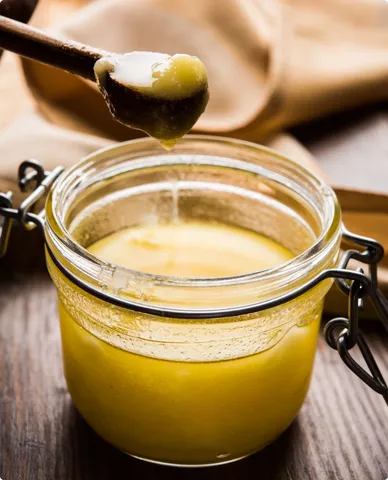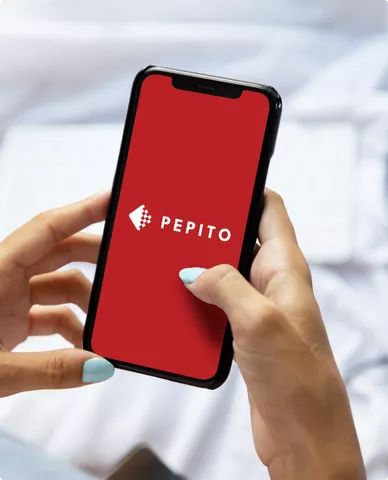Method 7 (processing of ABPs)
Method 7 for the processing of animal by-products includes specific procedures for their treatment that ensure their safe management and use in compliance with EU regulations.
Method 7 for the processing of animal by-products (ABPs), as defined in EU regulations, is a universal method approved by the competent authorities based on the identification of relevant risks and the method’s ability to mitigate these risks. It ensures safe and effective processing of ABPs and adapts to specific risks and regulatory requirements to protect public and animal health.
Method 7 technical details
-
Risk identification and assessment: The operator must identify the relevant risks in the input material, taking into account its origin and potential risks. This assessment takes into account the health status of the animals in the EU Member State or the area where the method is to be applied.
-
Risk mitigation: The processing method must demonstrate the ability to reduce identified risks to a level that does not pose significant risks to public and animal health. This includes ensuring compliance with microbiological standards for the final products.
-
Microbiological standards: Daily sampling for 30 production days must prove the absence of Clostridium perfringens in 1 gram of product, Salmonella in 25 grams and acceptable levels of Enterobacteriaceae.
-
Critical control points: Critical control points must be established – including parameters such as particle size, temperature, time, pressure and raw material feed rate. These parameters must be monitored and recorded to ensure consistent processing.
-
Regulatory compliance: The competent authority may authorize the use of Method 7, provided it meets the necessary safety and effectiveness criteria. Records of compliance with microbiological standards and critical control points must be kept for a minimum of 2 years.



